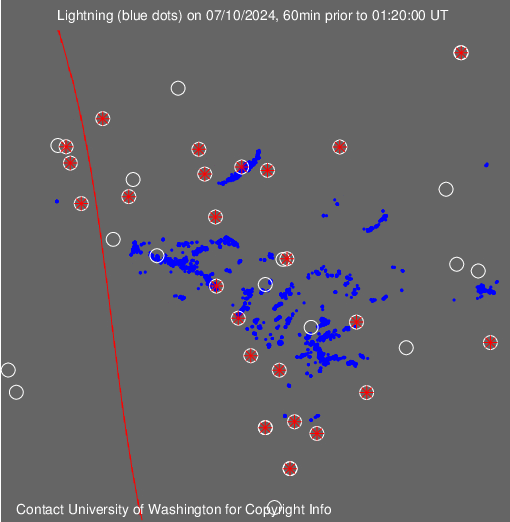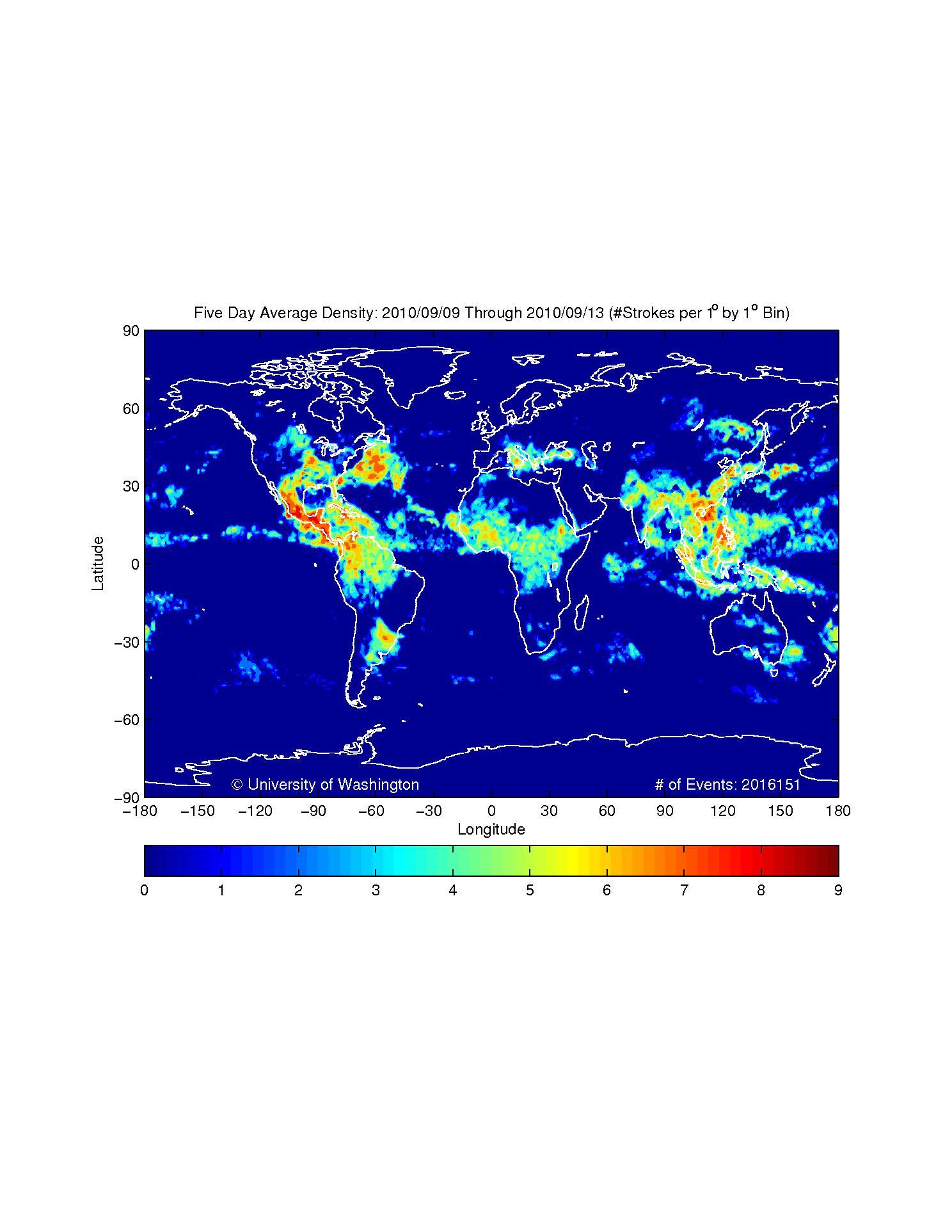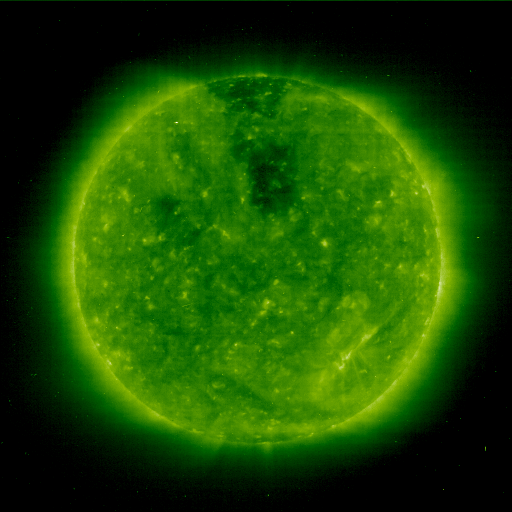Electrics discussion of E and F storms in EPAC
Posted by
Mike_Doran on 8/4/2009, 12:47 pm
It would be silly not to mention that we have had 24 spotless days in a row--and to my no great surprise the Atlantic has remained boring.


So 1914 remains the most interesting control year yet in terms of electrics and human activity with dams and CO2 as a conductivity element. Things will get interesting starting in about a week and then for the next two months as largest electrical currents occur at this time and so as a conductivity variant my theory proposes the most dramatic changes to occur in those two months. Up to now the forcing isn't as signficant because global electrical currents are relatively smaller.
Okay. E and F storms have formed in the EPAC. This is consistant with regional electrics and a coronal hole. Lot's of recent CONUS strikes, particularly coastal Mexico:

You can realy see how the Americas have had a lot of strikes the past five days and this charges the capacitive relationship in the EPAC and helps clouds organize which in turn increases the capacity for those clouds to hold charges in capacitive relationships:

Regionally, electrics conditions improved in the EPAC with a rising SOI index. Interestingly, while warmer SSTs support Walker or El Nino air circulations, the same relatively warmer SSTs can also support tropical storms. A tropical storm will be the low impedence location on earth and will actually snare away free electrons or electron precipitation from every time lightning occurs over the Americas into the electrical capacitive organization of the tropical storm instead of the electrical capacitive organization of the Walker circulation. That's why it's not surprising that the SOI index sat near zero instead of going high negative or positive--the electrical energy is going to the tropical storms and not to the greater ICTZ tropical winds, one way or another. The slight dip to -8 on the index I think is consistant with this, especially after so much more lightning relatively speaking in the Americas that brings about a new equillibrium in potential differences:
http://www.longpaddock.qld.gov.au/SeasonalClimateOutlook/SouthernOscillationIndex/30DaySOIValues/
30-Jul-2009 1013.31 1015.50 -19.33 2.32 -1.84
31-Jul-2009 1014.06 1014.10 -6.09 1.70 -1.84
1-Aug-2009 1014.53 1013.70 -4.80 1.19 -1.81
2-Aug-2009 1015.43 1013.50 1.88 1.16 -1.79
3-Aug-2009 1015.29 1013.85 -1.09 1.06 -1.91
4-Aug-2009 1013.94 1013.65 -8.07 0.52 -1.91
Finally, we have had a coronal hole move and morph a bit in the past 5-7 days that has gone along with the rising SOI index. Xray activity has been elevated and we haven't had the disruptive solar winds reaching the earth yet to counteract the electrical significance of the elevated xray activity:

This is what the solar wind looks like right now:

Coronal hole with elevated solar winds forecast to peak on August 7. This hole, again, has been there during the past several days and accounts for some increased xray activity over the past 5 days.
|
48
In this thread:
Electrics discussion of E and F storms in EPAC - Mike_Doran, 8/4/2009, 12:47 pm Post A Reply
This thread has been archived and can no longer receive replies.





